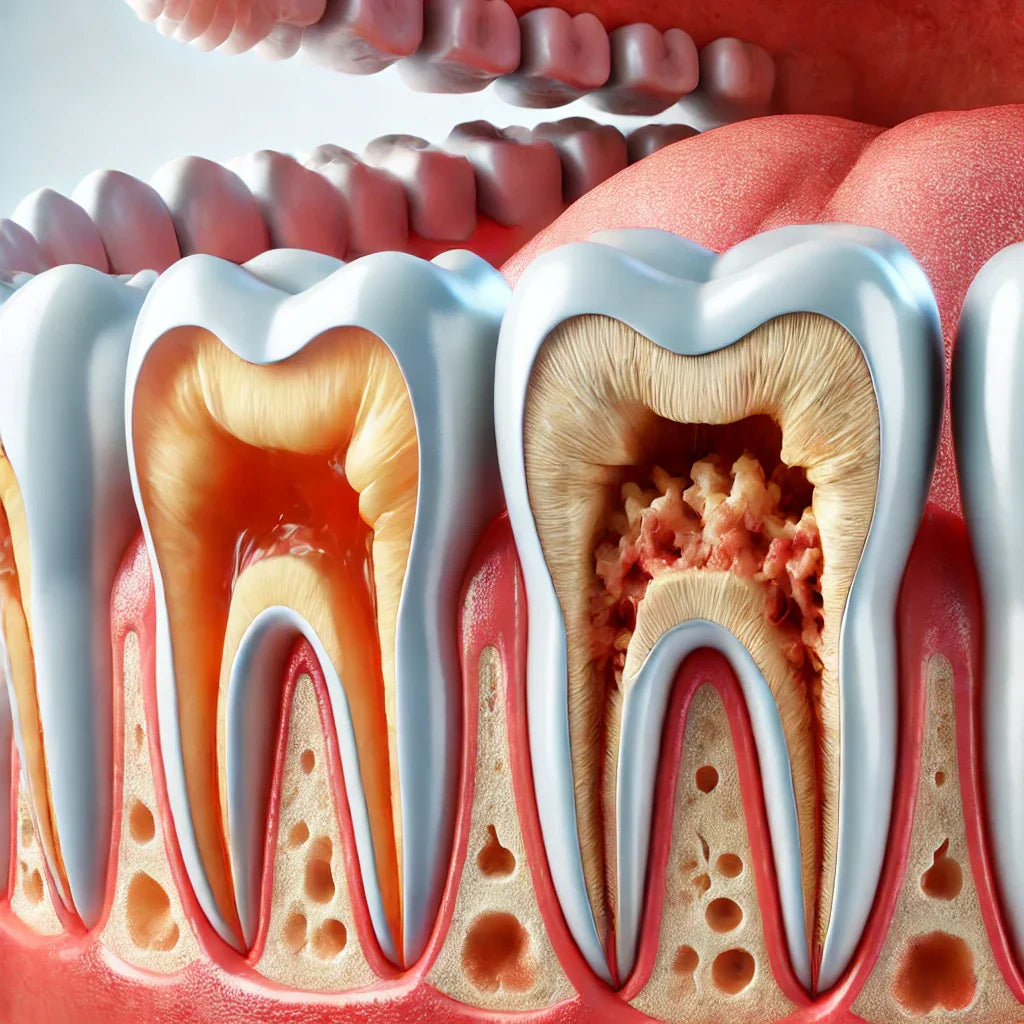News — tooth disorders
Dentinogenesis Imperfecta Type 2 vs. Type 1, Type 3, and Dentin Dysplasia: Key Differences
bone health supplements Cissus Quadrangularis collagen dentin dental genetics dental radiographs Dentin Dysplasia Dentinogenesis Imperfecta DSPP gene enamel defects genetic dental disorders osteogenesis imperfecta permanent teeth primary teeth shell teeth tooth disorders tooth strength Type 1 DI Type 2 DI Type 3 DI
Dentinogenesis Imperfecta (DI) and Dentin Dysplasia (DD) are rare yet important genetic conditions that impact the development and integrity of our teeth. While these disorders might seem similar at first glance, understanding their distinctions is vital—not just for dentists and geneticists, but for anyone navigating the complexities of dental health.
DI is divided into three main types, each with its own unique features, causes, and clinical presentations. Adding to the mix, Dentin Dysplasia presents its own challenges and shares overlapping symptoms, making diagnosis tricky without the right knowledge. In this article, we break down the essential differences between Dentinogenesis Imperfecta Types 1, 2, and 3, and Dentin Dysplasia to give you a clear, approachable understanding of each condition.

